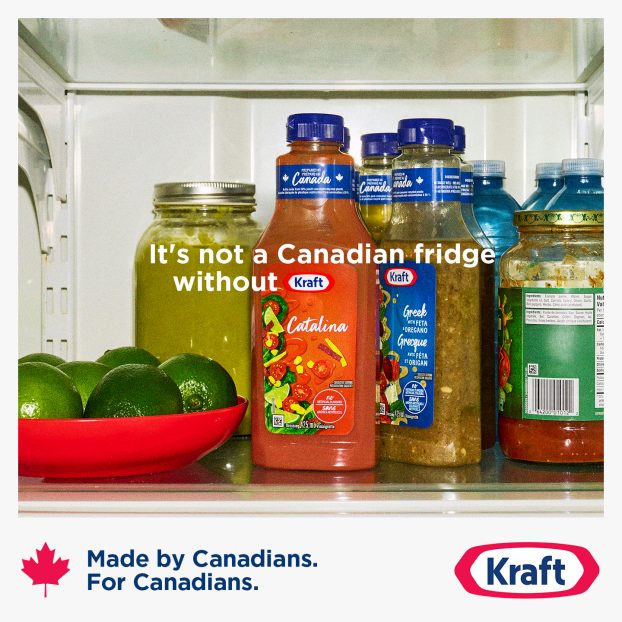Marketing to youth has got to be the most fun you can have in this business with your clothes on. As well as being the only sector that demands unorthodox, off-the-wall ideas, youth marketing requires a deep understanding of what makes tweens and teens tick. To that end, Strategy gave four (real) plugged-in youth marketing consultants fantasy briefs and asked them to strut their stuff; following is the proposed strategy for a credit card brand.
The brief
To: Max Valiquette, president, Youthography
Mike Farrell, partner, director of products and services, Youthography
From: Randy Monk, Amalgamated Bank of Canada
This Visa Buxx thing seems to be taking off, and we’re thinking about launching our own branded credit card for teens aged 14 to 18. Before we do, I need you to look into how we’d market it, what kind of services we should offer and whether there really is a demand for this kind of thing in Canada. I’m travelling next week, but it would be nice to see something on paper when I get back Monday.
The strategy
So how do you market a credit card designed for teens? Well, wait a second, we’ve got a few questions to ask before we get to that point. We can’t possibly talk about how we would market a youth-directed credit card before we talk about why we want to market one in the first place, and what it would look like. Consumers first, advertising second.
From our perspective, there’s no point in trying to market a product to young people if the product itself isn’t desired by young people in the first place. Trying to push something at them that they don’t want or need is like trying to push water uphill. (Difficult, we mean.)
So let’s see what they want out of a bank before we run off half-cocked into the world of rollout.
We won’t take you through the whole process, but what we do at Youthography is youth-oriented research and consultation of all sorts. As an initial tack, we would recommend the client go for a combination of quant (online is how we prefer to do that) and qual (with a targeted series of ‘immersion’ or ‘ideation’ groups, as we call them, which are focus-style groups that bring the client and consumer together to work off of each other). In-field ethnographic research wouldn’t be a bad idea either, to get a holistic look at the day-to-day dealings this target has with banks and money.
Normally, we’d do some research to guide the development of this financial product and the direction of the brand, but for this hypothetical assignment, we’ll be working off of our own knowledge and some previous industry-related work we’ve done.
What research has told us in the past is that young people:
* Think that banks consider them to be second-class citizens
* Think that banks are pretentious, way too bureaucratic, and make all of their decisions based on what a computer tells them to do
* Use ATMs all the time, and are well aware of how money moves through a technological infrastructure
* Would like to get by without credit cards (because of the debt), but know that credit cards provide certain invaluable things (the ability to buy things online or over the phone, security deposits, etc.)
Also, there are a few pieces of learning around how they need to perceive certain areas – financial services being one of these – that will affect the communications and messaging behind the brand.
They want:
* To feel that there’s a reliable, trustworthy infrastructure behind their card
* To feel that a card is empowering them, rather than adding to any kind of burgeoning debt load
* To know that it’s a product directed at them, and not something that treats them as an afterthought. In this case, however, in such an ‘adult’ arena, they will also probably need to feel that there are some mature elements to the brand
To that end, we’d recommend targeting this market with a series of youth-directed credit and debit cards that allow for controlled spending and seamless migration into more mature banking services. The linked communications strategy would reinforce the functional, practical uses of these cards: this is a brand that is all about empowerment, giving young consumers something that they’ve never had before.
So what would the brand feel like? Youthful, of course, but not nearly as youthful as a lot of products aimed at this market. More serious than the average youth-directed product. The brand itself would have to contain the name of a parent brand, which makes for an interesting challenge. We’re pretty sure that for young people to be empowered, this card (or suite of cards) is going to need its own name, but it will still need to be clearly powered by a larger, reliable credit card brand (MasterCard, Amex, Visa).
This is one area where the brand can’t reek of attitude; it can’t strive to be ‘cool’ (a term that should be left out of all creative briefs, frankly) and ignore the fact that this is a serious subject.
There are some executional considerations, of course: we’d recommend showing the card in action, with a pool of ads that each highlight a different feature in a ‘pragmatic first, entertaining second’ manner. Using the card to buy something online in a safe, secure manner. Getting concert tickets over the phone. Paying the credit card bill online. Putting a deposit down for something.
Also, young people, as we all know, aspire to be a little older than they actually are (the trend reverses soon after, unfortunately) and this is especially true in those areas that are typically reserved for adults. To that end, the average card user in each spot should look to be about 19 or 20.
Lastly, each and every piece of creative, whether out-of-door, print, TV or radio, should direct the consumer to a Web site that would actually be the focal point of the launch initiative. Young people do a lot of research – an unbelievable amount, actually – about the products and services they use, especially in complicated categories like this one.
There needs to be an easily navigable, information-heavy site that’s clearly organized and, most importantly, doesn’t talk down to the young user. It needs a great FAQ page, a no-hassle online application form, and needs to be plastered with the customer-service phone number in case the applicant needs a human to walk them through the rest of the process. On that tack, we would highly recommend that the customer service staff be fairly young, providing an authentic and empathetic touchstone for these new financial product consumers.
We could speak of a lot more in this forum: collateral materials for concerned parents; a debit-to-credit strategy that begins with a debit that works like a credit card; a targeted media spend (boldly going where financial institutions have not gone before); linked direct e-mail support pieces and a host of other initiatives. Instead, let’s just say that to tackle this challenge we’d begin it and end it by doing what we do best – talking with the young consumer, a lot, and informing the client throughout the entire process.
____________________________
Max Valiquette is president of Toronto-based Youthography; Mike Farrell is partner, director of products and services. They can be reached at (416) 364-0112 or max@youthography.com.























